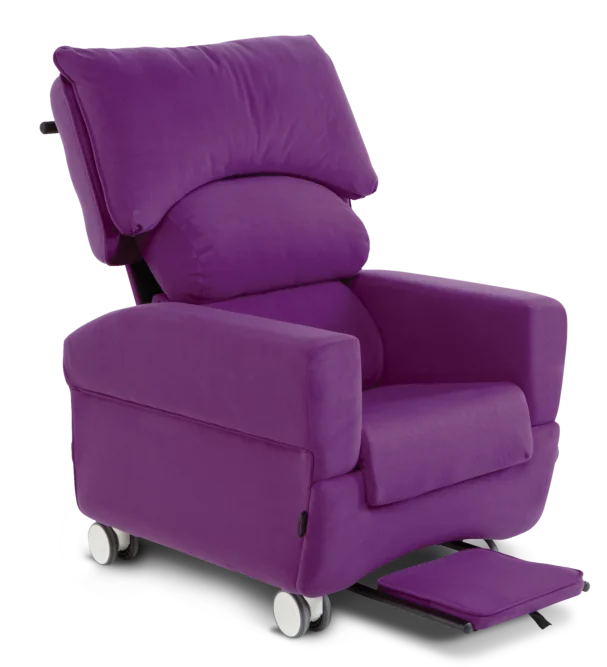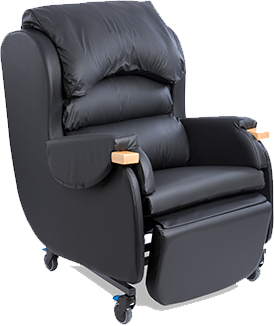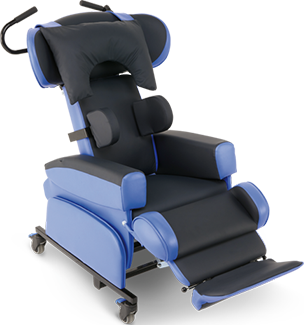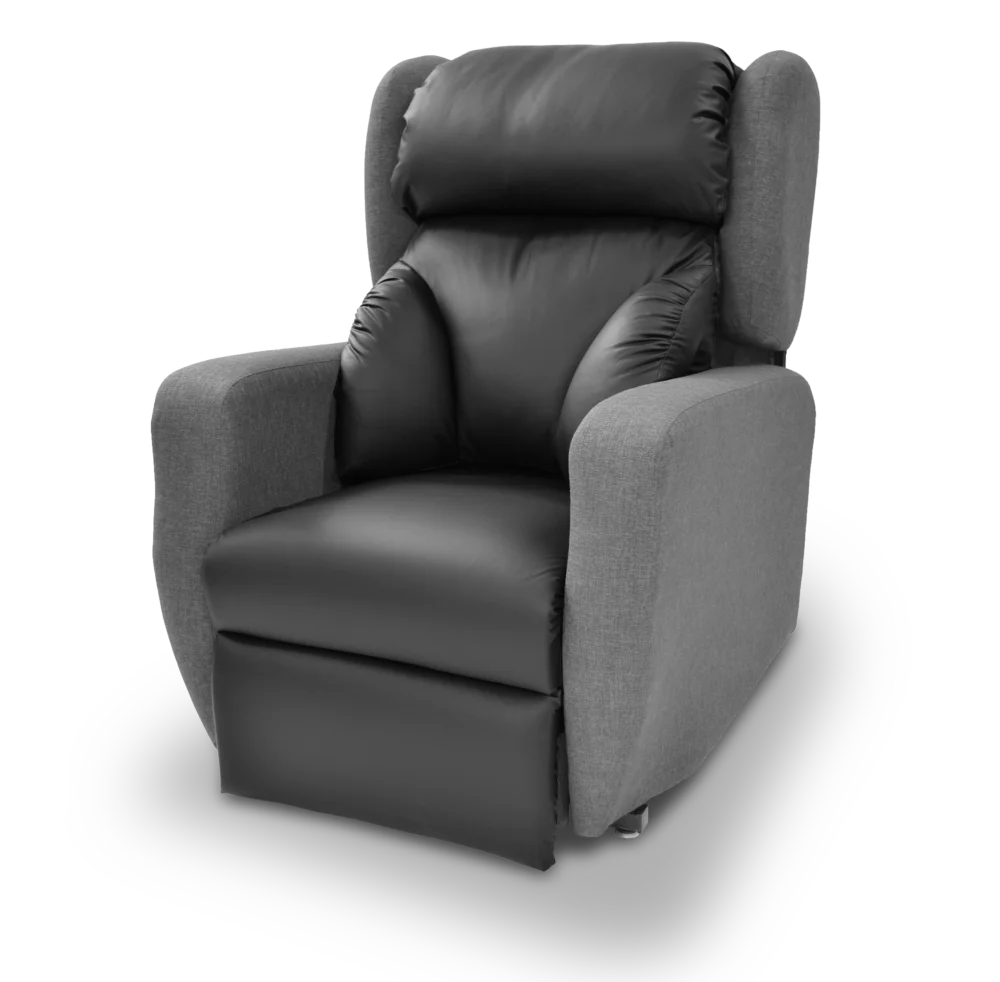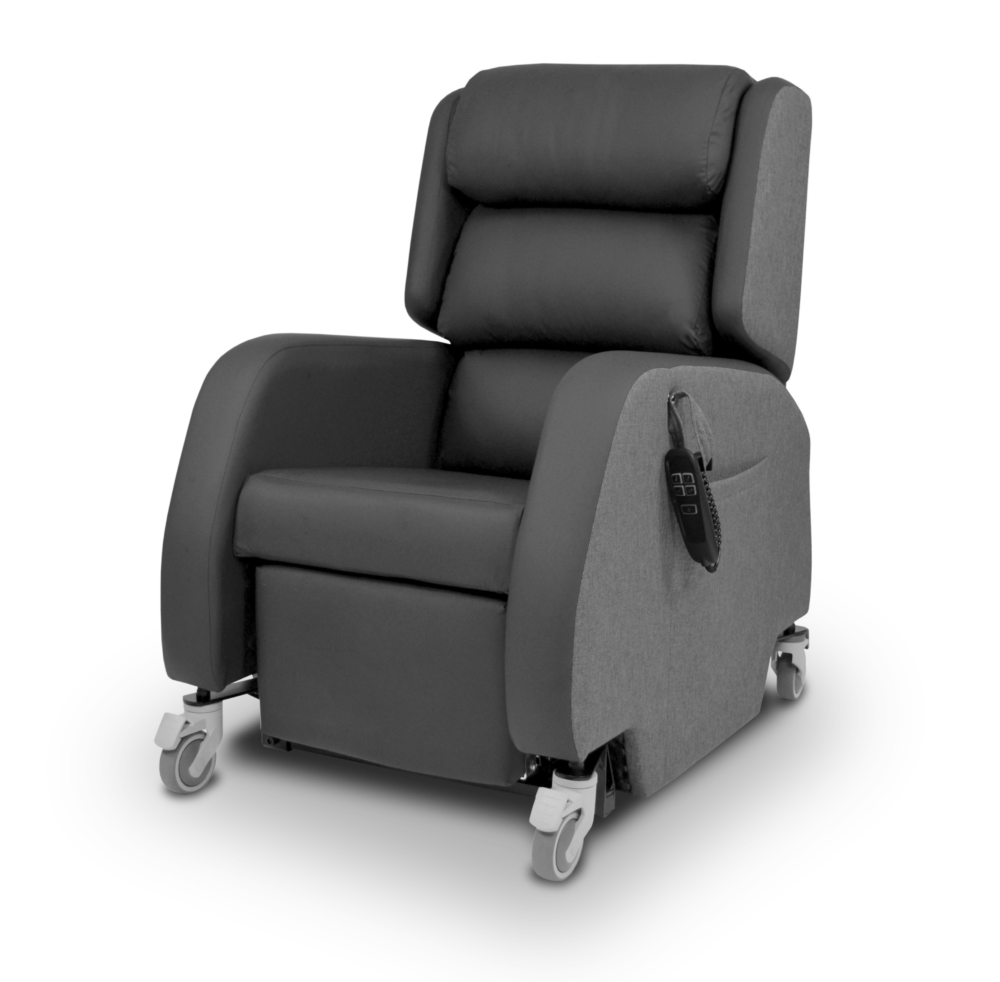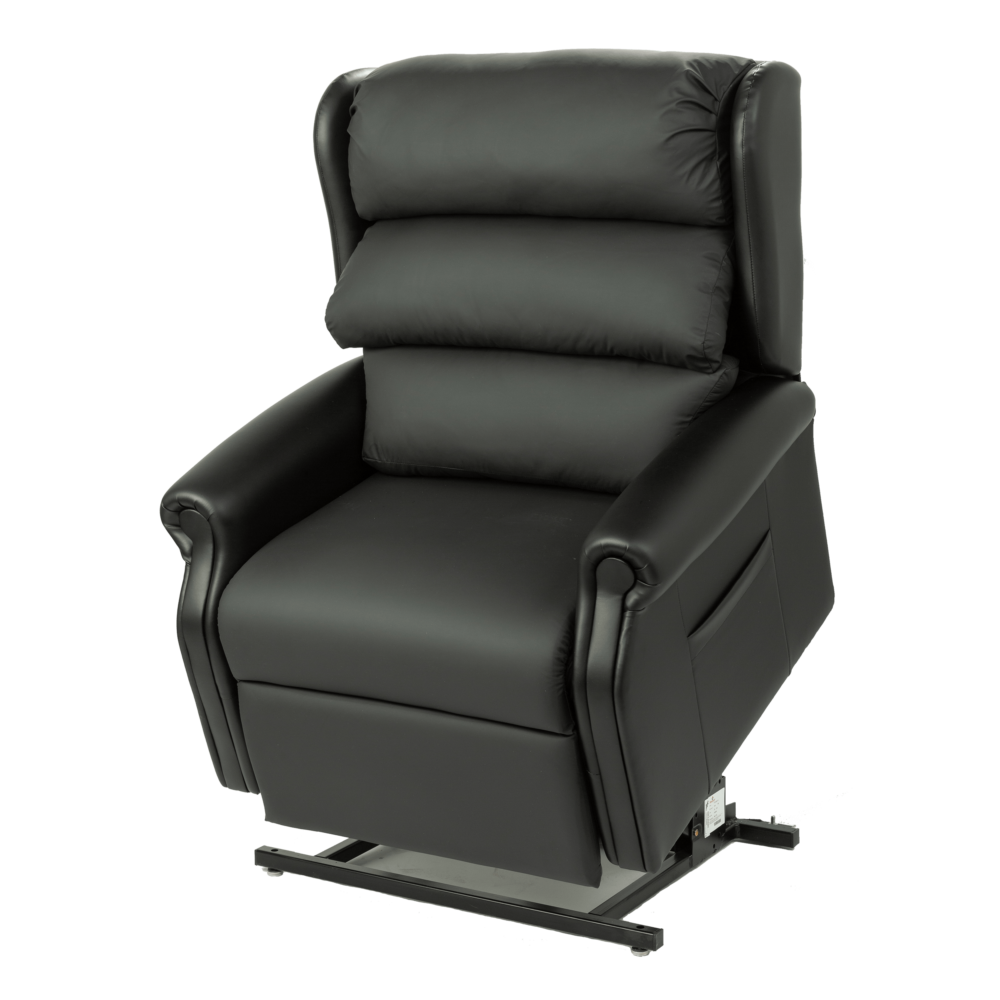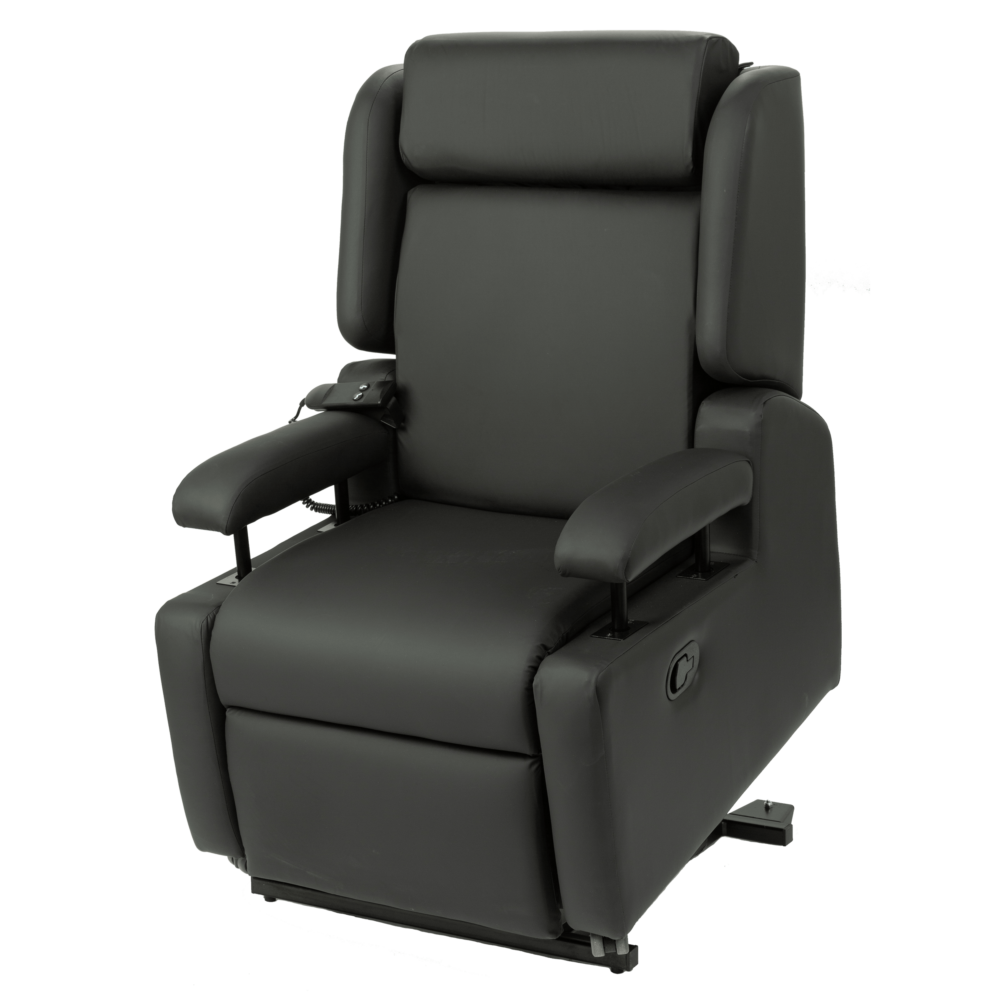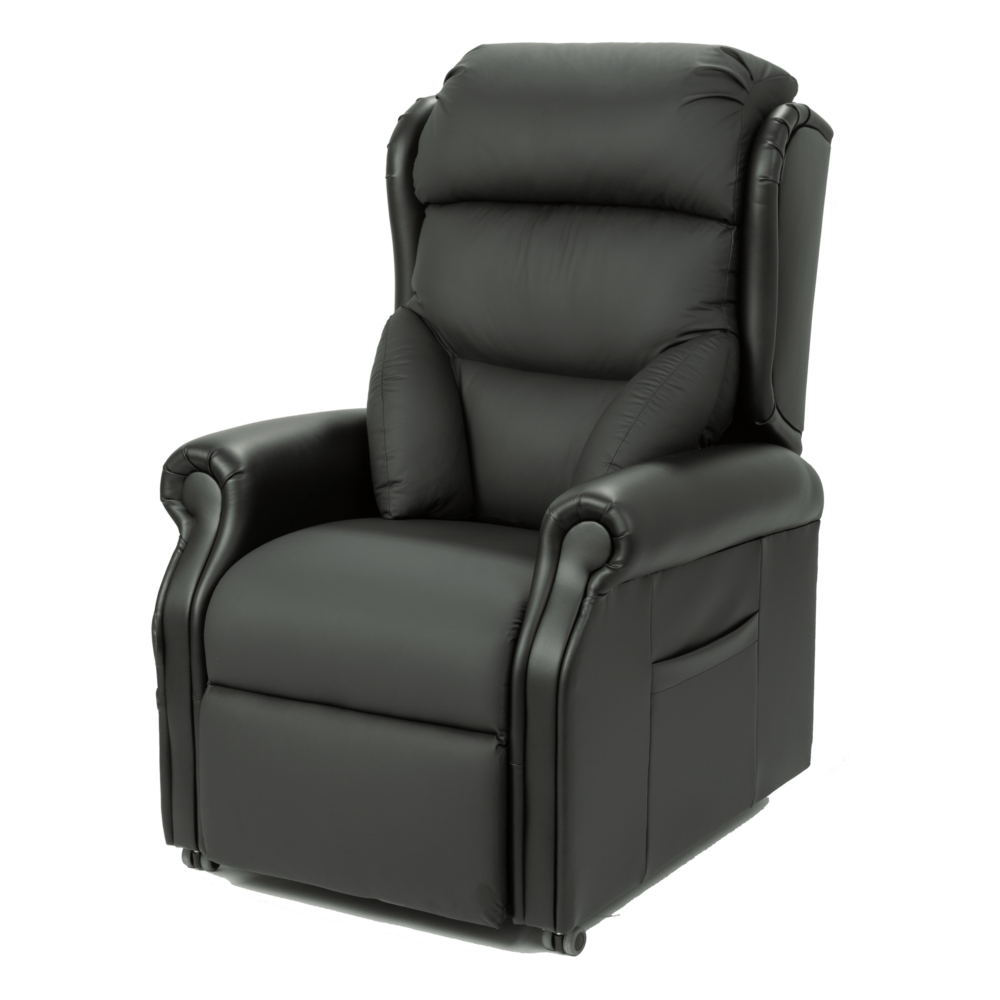Pressure Injuries
Pressure injuries, also known as pressure ulcers or pressure damage, are a key indicator of the quality of client care. When pressure injuries occur they can have a profound impact on the overall wellbeing of clients, and can be both painful and debilitating1.
It is well-known that many pressure injuries are preventable2; therefore, it is imperative that those involved in an individual’s care are aware of pressure injuries and seek support when necessary. Appropriate management or, better still, prevention will ultimately improve an individual’s quality of life, especially those who are most vulnerable.
What is a pressure injury?
“A pressure injury is localized damage to the skin and underlying soft tissue usually over a bony prominence or related to a medical or other device. The injury can present as intact skin or an open ulcer3.”

What are the risk factors for developing a pressure injury?
Everyone is potentially at risk of developing a pressure injury4.
Factors that increase the risk include:
| Intrinsic factors | Extrinsic factors |
| Age
Diagnosis Medication Cognition Mobility Continence Nutrition Hydration |
Pressure – A sustained physical force that is placed on a particular part of the body
Shear – Occurs when a part of the body tries to move but the surface of the skin remains fixed Friction – Occurs when the shearing force increases sufficiently to overcome the body’s resistance to movement Moisture – Skin should not be left wet as it can become macerated making it more susceptible to shear and friction |
Intrinsic factors often cannot be influenced, such as a person’s age or diagnosis, but it is key that all factors are addressed and signposting for support from the relevant professional is completed.
Extrinsic factors can usually be influenced successfully; key influencers will be positioning, repositioning, equipment, and the environment. A thorough assessment, appropriate prescription and a comprehensive care plan are vital.
How can a pressure injury affect an individual?
The impact of a pressure injury on a person is significant, with them being affected physically, psychologically, socially, emotionally, spiritually, and financially5. Quality of life is understandably reduced in those suffering from pressure injuries; no person’s ability to enjoy normal life should be impacted by a mostly preventable cause.
It is worth noting that pressure injuries in older persons are associated with a fivefold increase in mortality6. Pressure injuries can also result in longer lengths of stay in hospitals; adult patients who developed pressure injuries had an extended stay of over 4 days, which can have a major impact on their health outcomes7.
How do pressure injuries affect the wider economy?
The prevalence rate of pressure ulcers from a range of healthcare settings, including nursing homes, community nursing and hospitals, in August 2019 was 4.6%. This figure has sadly been steadily increasing since September 20178. Despite extensive prevention initiatives evidence suggests about 1,700 to 2,000 clients a month develop pressure ulcers. This increase in prevalence is posing is a considerable risk to health and social care services and unnecessarily challenging an already strained budget.
Pressure injury treatment costs9 (excluding surgery or infection):
- £1,064 for a grade 1 ulcer.
- £14,108 for a grade 4 ulcer.
Daily cost to the NHS of treating pressure ulcers10:
- More than £1.4 million every day.
Annual combined wound care cost11:
- Estimated £4.5–5.1 billion.
Cost of healing 10 pressure ulcers is equivalent to12:
- 9 pacemakers
- 5 knee replacements
- 6 hip replacements
Considering the burden on the economy, and combining this with the unnecessary human suffering, there is an increasing need to raise awareness of the importance of postural management within pressure care; ultimately affirming the vital provision of specialist seating systems.
Why is postural management important?
Posture and pressure are inextricably linked. Body posture and positioning have a direct influence on the pressure going through specific body sites13.
High interface pressures over prolonged periods of time cause the skin and underlying tissues to become compressed; consequently, blood cannot circulate, the cells do not get vital oxygen and nutrients, and the lymphatic system cannot drain waste products. The body can only withstand these high interface pressures for a short period of time; and when the loading of tissues is unequal and/or the pressure is not regularly relieved pressure injury can develop14.
Even in the gold standard 90-90-90 sitting position, with slight anterior pelvic tilt and hips, knees and ankles all at a 90° angle, a person’s body weight distribution is as follows15:
- Through the buttocks & thighs: 75%.
- Through the feet: 19%.
- Through the arms rests: 2%.
- Through the back: 4%.

Ensuring equal weight distribution over the maximum surface area, with the posture as aligned and symmetrical as possible, and regular repositioning is necessary to reduce the risk of pressure injury.
Clinicians must be proactive in ensuring good quality pressure care throughout the full 24-hours via a postural management plan. Prevention and/or appropriate management can not only improve an individual’s outcomes, but it can also reduce the costs to the service and benefit the wider community.
Specialist seating plays a key role in achieving these objectives.
How can specialist seating manage pressure injuries?
Specialist seating systems aim to reduce the risk of pressure injuries by distributing the user’s body weight evenly throughout the chair over the maximum surface area.
Chair functions can aid positioning and repositioning with the aim of redistributing pressure regularly as part of the client’s 24-hour posture and pressure management plan.
- Tilt-in-space and back angle recline, when used in combination, can be effective in providing both muscle and skin perfusion at the ischial tuberosities16.
- Motorised actuation allows the client to adjust chair functions independently. It can also assist the client’s support network with repositioning, easing the effort required.
- AutoTilt actuation can enhance the standard pressure management functions already built into chairs by moving them through small degrees of tilt at short intervals to redistribute pressure. This function can be more cost effective than a client having to source a care package for regular repositioning.
- Integrated pressure relieving technology can provide a reliable and dynamic solution for individuals at risk of pressure injury. It enables the user to achieve a stable and functional posture without compromising on pressure management and comfort.
Read more on CareFlex’s WaterCell Technology, and how our specialist seating can have a positive impact on the management of pressure injuries in Michael’s story.
References:
- Moore ZE, Webster J, Samuriwo R (2015) Wound-care teams for preventing and treating pressure ulcers Cochrane Database Syst Rev 16(9)
- NHS Improvement (2018) Stop the Pressure Available from: http://nhs.stopthepressure.co.uk/
- National Pressure Ulcer Advisory Panel (NPUAP) (2016) NPUAP Pressure Injury Stages Available from: http://www.npuap.org/resources/educational-and-clinical-resources/npuap-pressure-injurystages/
- National Institute for Health and Care Excellence (NICE) (2014) [CG179] Pressure ulcers: prevention and management Available from: nice.org.uk/guidance/cg179
- Langemo DK (2005) Quality of Life and Pressure Ulcers: What is the Impact? Wounds 17(1)
- Grey JE, Harding KG (2006) Pressure ulcers BMJ 332(7539):472–475
- Graves N, Birrell F, Whitby M (2005) Effect of pressure ulcers on length of hospital stay Infect Control Hosp Epidemiol 26(3):293-7
- NHS Improvement (2019) NHS Safety Thermometer Available from: https://www.safetythermometer.nhs.uk/index.php
- Dealey C, Possnett J, Walker A (2012) Cost of Pressure Ulcers in the United Kingdom Journal of Wound Care 21(6):261-266
- Guest JF (2017) The health economic burden that acute and chronic wounds impose on an average clinical commissioning group/ health board in the UK Journal of Wound Care 26(6)
- Guest J, Ayoub N, McIlwraith T, Uchegbu I, Gerrish A, Weidlich D, Vowden K, Vowden P (2015) Health economic burden that wounds impose on the National Health Service in the UK BMJ Open 5(12)
- European Pressure Ulcer Advisory Panel (2014) Stop Pressure Ulcer Day (V20) Available from: https://vimeo.com/user31361305
- Sprigle S, Sonenblum S (2011) Assessing evidence supporting redistribution of pressure for pressure ulcer prevention: A review Journal of Rehabilitation Research and Development 48(3):203-14
- Waterlow (2007) Pressure Ulcers Available from: http://www.judywaterlow.co.uk
- Collins F (2001) Selecting cushions and armchairs: how to make an informed choice Journal of Wound Care / Therapy Weekly Supplement 13(5)
- Jan YK, Crane BA, Liao F, Woods JA, Ennis WJ (2013) Comparison of muscle and skin perfusion over the ischial tuberosities in response to wheelchair tilt-in-space and recline angles in people with spinal cord injury Archives of Physical Medicine and Rehabilitation 94(10):1990-6

